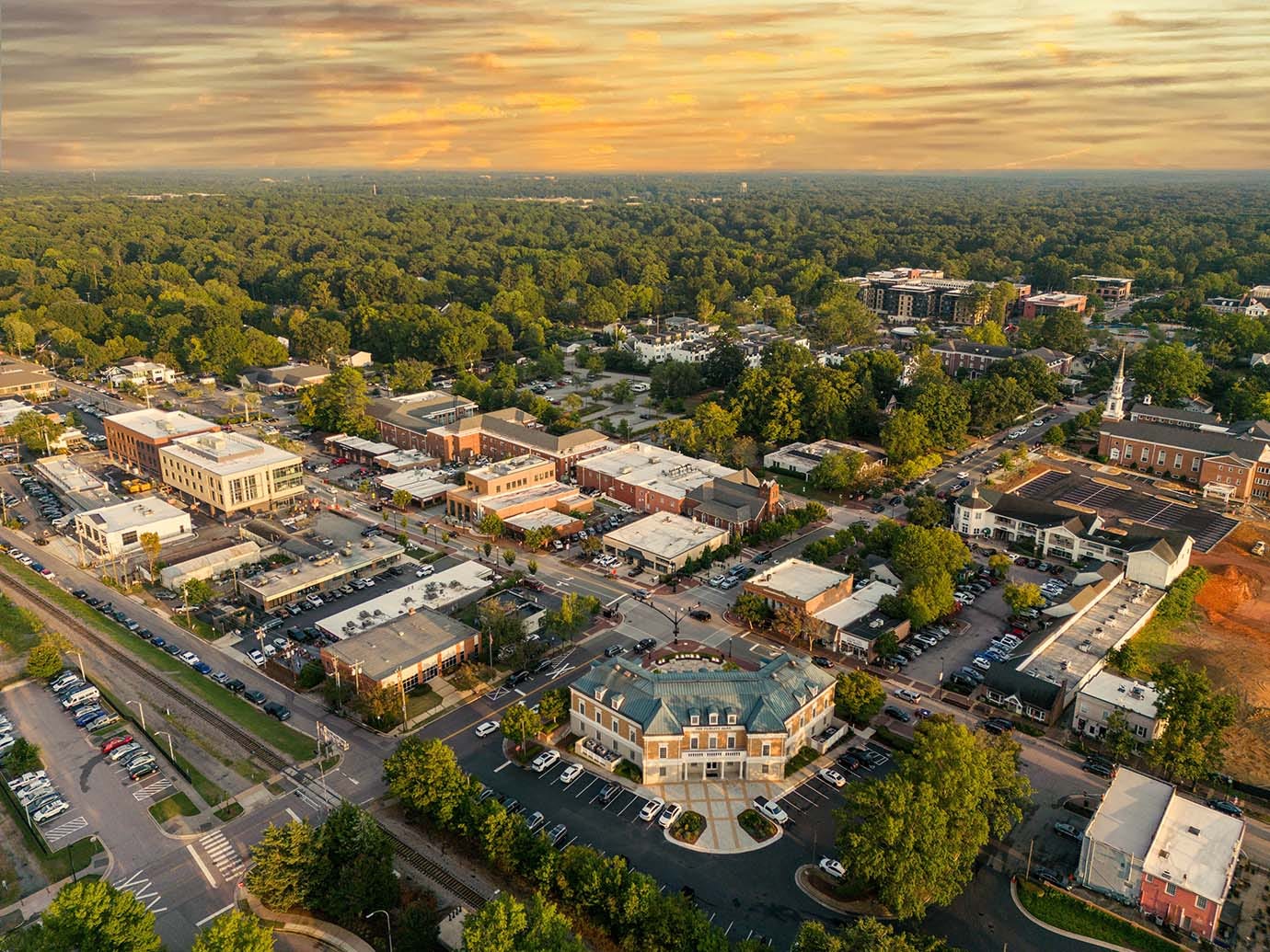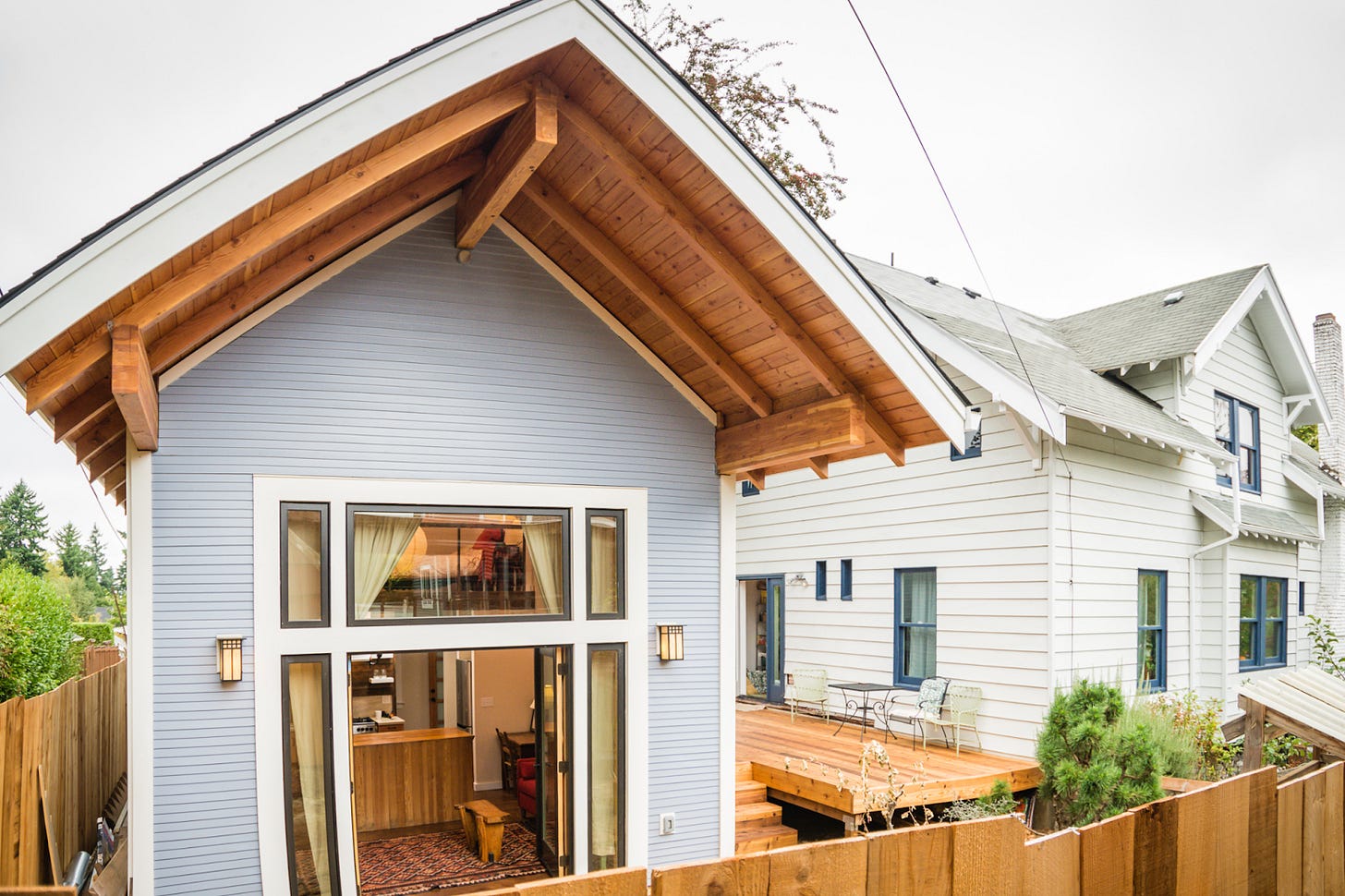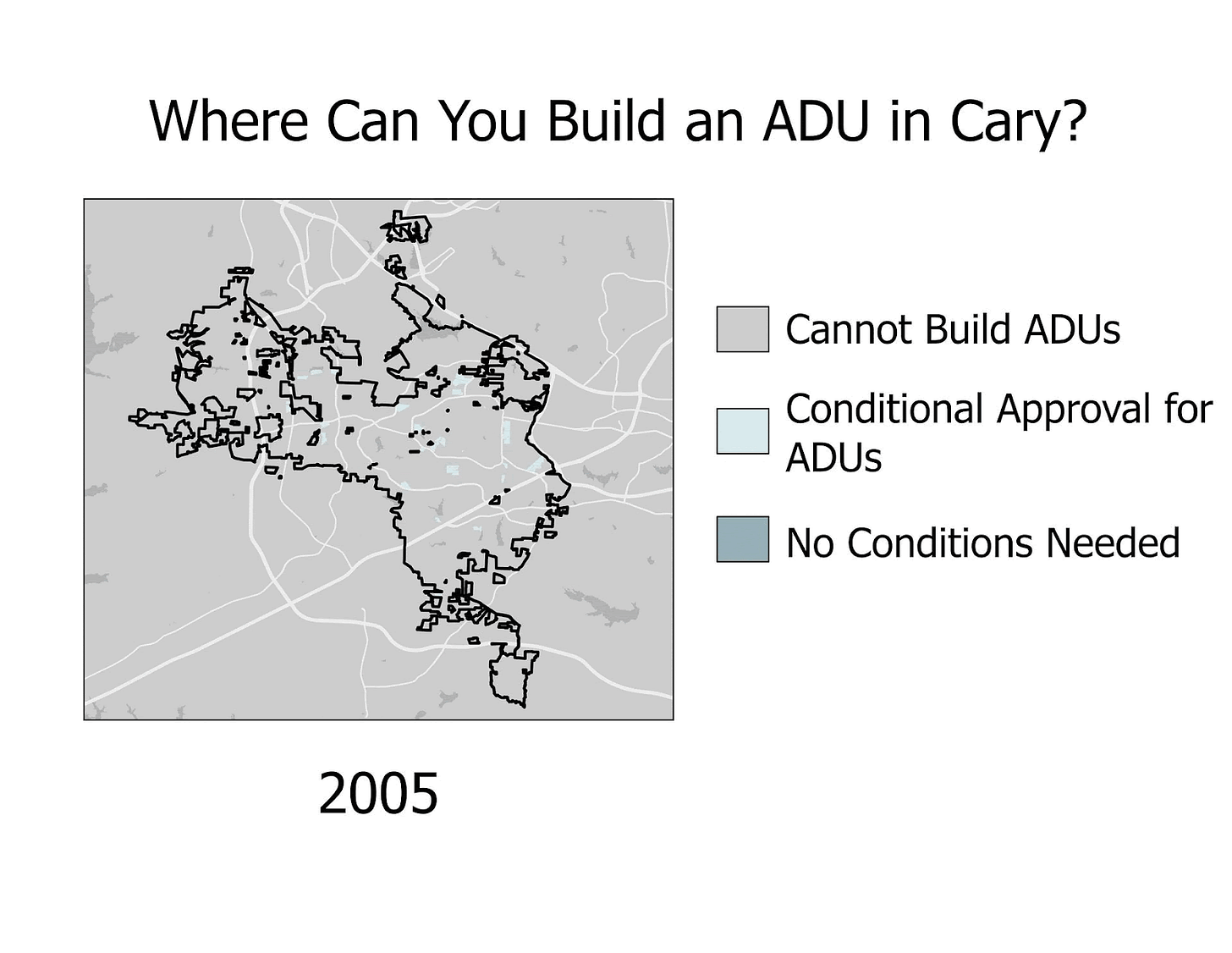
Raleigh and Durham aren’t the only Triangle cities making moves to expand housing choice. Cary, long known for its traditional zoning and suburban design, has officially joined the conversation on missing middle housing. As of June 2, 2025, a new ordinance is in effect that massively expands where Accessory Dwelling Units (ADUs) can be built in Cary.
This change, adopted by Cary’s Town Council back in April, opens the door for more flexible and affordable living options throughout the town. So, what does it mean for residents, builders, and anyone dreaming of a backyard cottage or in-law suite? Let’s break it down.
What’s an ADU, Anyway?

An Accessory Dwelling Unit (ADU) is a smaller, self-contained home located on the same lot as a primary house. These can include:
A backyard cottage
A converted garage
A basement apartment
A freestanding unit above a detached garage
Often called “granny flats” or “in-law suites,” ADUs provide flexible housing for older relatives, young adults, people with disabilities, or renters looking for a more affordable option.
What Changed?
Previously, Cary only allowed ADUs in multi-family zones, and even then, only under strict conditions. That meant the vast majority of homeowners in Cary couldn’t consider adding an ADU on their property, even if they had the space and need.
With ACT 32 going into effect on June 2nd, that’s no longer the case.
The updated land development ordinance states that ADUs are now allowed in every residential zoning district, except multi-family ones. That means if you live in any of the following zones, you can now conditionally build an ADU:
R-8, R-12, R-20, R-40, R-80
TR (Traditional Residential)
TC (Town Center) zones, including TC-MXDR, TC-MDR, TC-LDR, TC-LDR-12, and TC-CB&R
That’s a huge shift. Cary just expanded ADU eligibility across most of the town’s residential fabric, unlocking areas where these types of homes were previously impossible.
But Wait, There Are Still Limitations
While zoning has expanded, many of the same conditions from before still apply, including:
Primary Dwelling Requirement: An ADU must be an accessory to a single-unit detached home. No duplexes, no apartment complexes, just detached houses.
Planned Development Districts (PDDs): ADUs are allowed in PDDs, unless explicitly prohibited by the specific master plan. To be sure, check your address here.
HOAs Can Still Say No: If your neighborhood’s Homeowners Association bans ADUs, that rule still stands. Even with a permit from the town, private covenants can restrict ADU construction.
Parking Requirements: You must show that your property can support three total parking spaces, one for the ADU, and two for the main home. Each space must be 9 feet by 18 feet and can be in a garage or driveway. Another reason to support HB369 which limits how municipalities control parking spaces, read more about where it stands here.
Square Footage Requirements: Finally, they are quite specific with the maximum size your ADU can be. Currently, the maximum is set to 50% of the heated area of the primary dwelling with an overall maximum of 800 square feet. However, if the ADU will be located on a lot of 40,000 square feet or larger, the maximum ADU size is then 1,000 square feet. An ADU conversion of an existing floor cannot exceed 50% of the heated area of the dwelling but is not subject to the 800 square foot limitation.
So yes, ADUs are now legal almost everywhere. But they’re not automatically allowed on every property. You’ll still need to do your homework to make sure your specific site qualifies.
Where Can You Build an ADU?
Two decades ago, ADUs in Cary were nearly impossible. They were a niche tool for a small subset of homeowners. Now, with this zoning change, ADUs are permitted (conditionally) in a dramatically larger portion of the town; in fact, over 10 times the area compared to before.
If you’re not sure whether your neighborhood’s zoning allows for an ADU, or if you’re in a PDD and need to check the master plan, you can use the Town of Cary’s zoning map and address lookup tool here.
Why This Matters
It’s not just about building more houses. It’s about creating housing choice.
By opening up new areas for ADUs, Cary is taking a tangible step toward addressing the Triangle’s growing housing affordability crisis. In doing so, the town makes room for:
Teachers, delivery drivers, and young families who want to live near where they work
Multigenerational families looking to age in place
Seniors who need independent but nearby living space
Small-scale builders and homeowners who want to reinvest in their neighborhoods
And this change doesn’t just benefit Cary, it benefits the whole region.
Expanding infill housing like ADUs can create a workforce pipeline allowing small construction businesses to scale up, reducing our dependence on large, institutional developers. Meanwhile, housing diversity leads to walkable neighborhoods, lower car dependency, and stronger local economies.
And the city is embracing these benefits wholeheartedly, with their publicly available guide on how to build ADUs in Cary.
The Bigger Picture
This move is a win for affordability, sustainability, and community resilience.
Missing middle housing, whether ADUs, townhomes, or triplexes, is growing across the Triangle. Raleigh, Durham, Chapel Hill, and now Cary have all taken steps to re-legalize housing options that were once zoned out of existence.
But this isn’t the end. Apex, Hillsborough, and other towns in the region are also exploring housing reforms. Even in Cary, there is work to be done to decrease the conditions placed on building ADUs. We should keep pushing to make every part of the Triangle a place where people of all ages, incomes, and backgrounds can live and thrive.
If you care about housing choice, keep showing up. Whether it’s a backyard cottage in Cary or an affordable triplex in Hillsborough, this moment is part of a broader shift toward a more inclusive and livable Triangle.
Everyone deserves a true choice in where they live, and to afford to do so. Let’s fight for a region that welcomes everyone.
Kyaira Boughton is a rising Duke Kunshan University, pursuing a dual degree in Computation and Design with a focus on Social Policy. With expertise in GIS, 3D modeling, and urban policy, Ky combines technical and social insights to effectively analyze and communicate complex urban design concepts.


